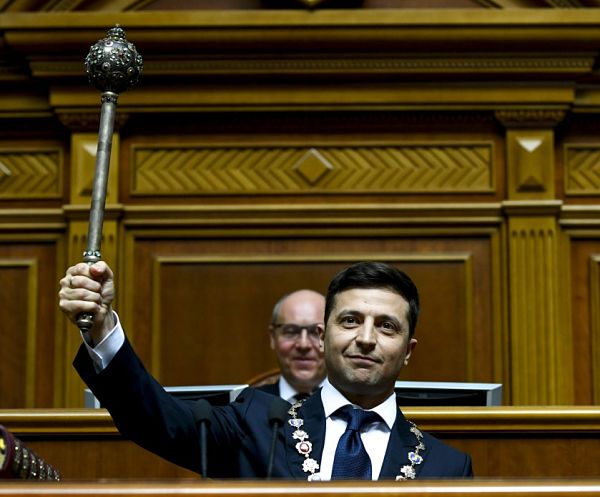Heard the One About a Politician Who Became a Friend on Facebook? New Political Communication

Pepsi and Coke fight over their share of the market not by major changes in their products but by their advertising and marketing. Like most companies selling in a mass market, they reach for an emotional hook that consumers will link to their products. Gone are the detailed accounts of the benefits of what they are selling. They are replaced with a warm glow of delight and comfort, offered friendship and a hint of sexual conquest. The tying of these feelings to a product is now much easier because of the access to visual imagery that can carry implicit meanings more subtly. It is also the grist to the mill of social media.
This approach, so honed by marketing agencies, has now found its way into political communication. The successes of Nigel Farage in the UK and Donald Trump in the US, Macron in France and even the erstwhile comedian Volodymyr Zelensky, who was voted in as president in the Ukraine, and the Italian comic Beppe Grillo, are sometimes derided as populist, voted in on a wave of antagonism with existing political parties. But whilst there is doubtless some truth in that, their triumphs are significantly related to the simplicity and emotional power of their message.
The most recent issue of Contemporary Social Science brings together current research on how political communications is changing and the effect that is having on the election process. Many of the studies in this issue demonstrate that, as with all forms of persuasion, the medium shapes what it is possible to communicate. In the age of the internet direct encouragement of what the audience is to feel, rather than detailed exposition of policy and achievements, is the order of the day.
Research reported from a number of countries shows this emotional engagement with an electorate is done, in part, by side-stepping the conventional mass media and addressing the audience directly through social media. The brevity of Twitter, for example, is found to deal with personal and emotional issues much more readily than the questions typical of classic electoral campaigns.
By broadcasting directly to the electorate, it is possible to be more directly partisan, as you might be talking to a friend. It is also possible to tailor the message differently to each segment of the population. The paradoxically fragmented social media allow the ‘facts’ and ranges of opinion to be tailored to each target audience. This has the consequence of limiting people’s awareness of alternative viewpoint. Such limitations are enhanced by what researchers are calling ‘digital political labour’. These are the sympathisers and general supporters who pass messages through Facebook, Twitter, Instagram and the full gamut of interpersonal contacts without ever being employed by the politicians their messages are supporting. They do not have the legal limitations of newspapers and television broadcasts. They do not need to be ‘balanced’ in what they have to say.
The well-established cognitive bias, of seeking out the people and perspectives that support your existing opinions, gives particular power to the self-fulfilling cycle of social media. If a politician can harness that then a wave of support can be generated, which conventional challenges cannot deal with. The articles in this special issue are salutary reminder, if one is needed, that traditional politics is changing. Those who are changing their ways of communicating with the electorate, to take account of the different ways communication happens these days, are reaping the rewards. Sadly, although this may make political pronouncements more representative of what people feel is right, it is no guarantee that politicians will make more sensible or appropriate decisions.

























































































